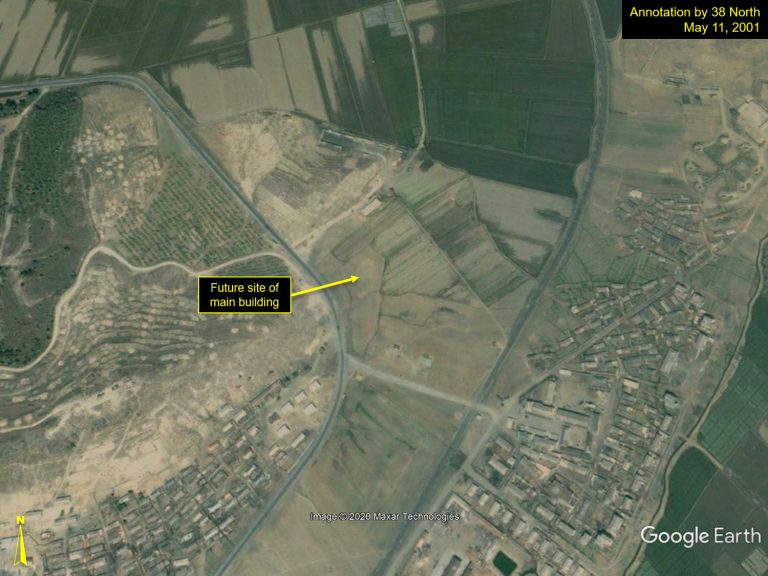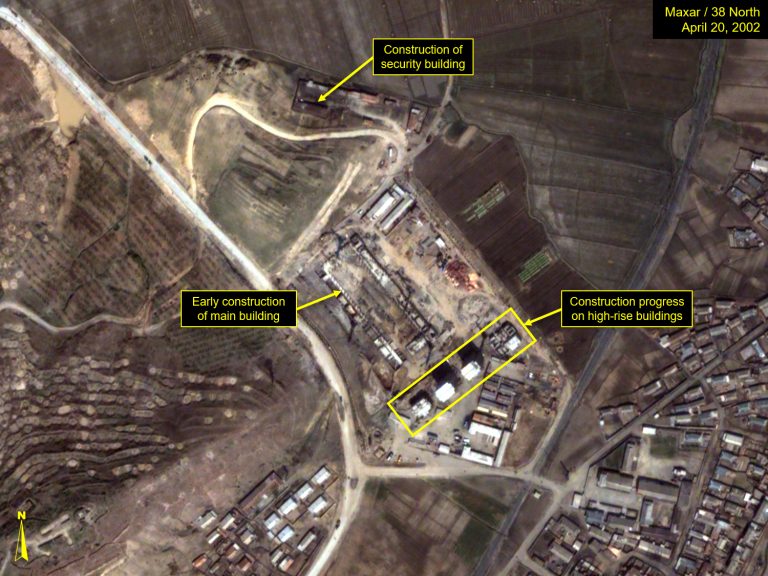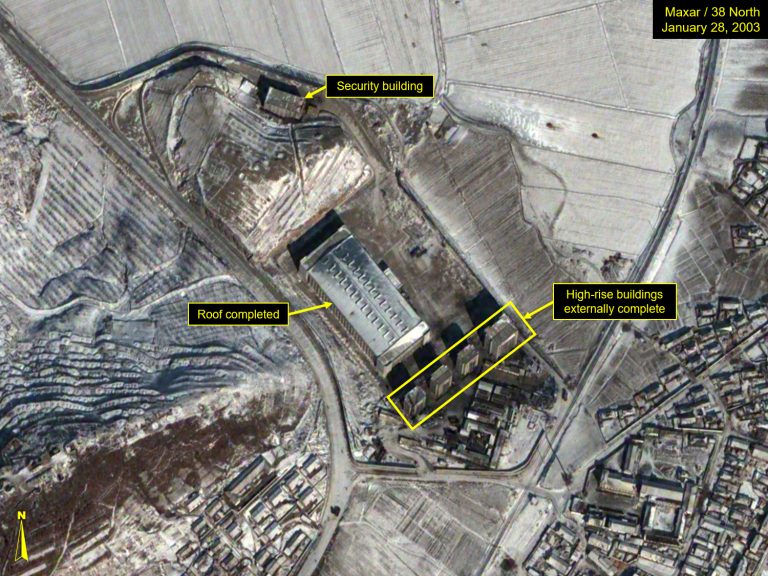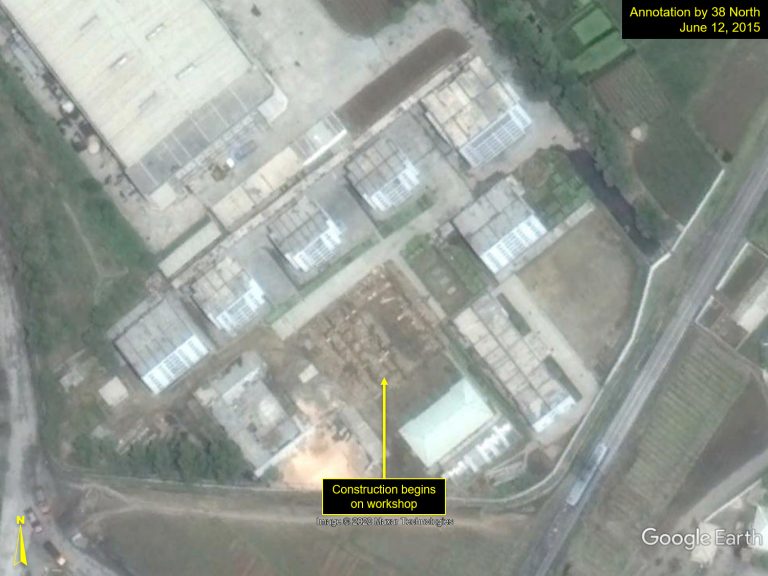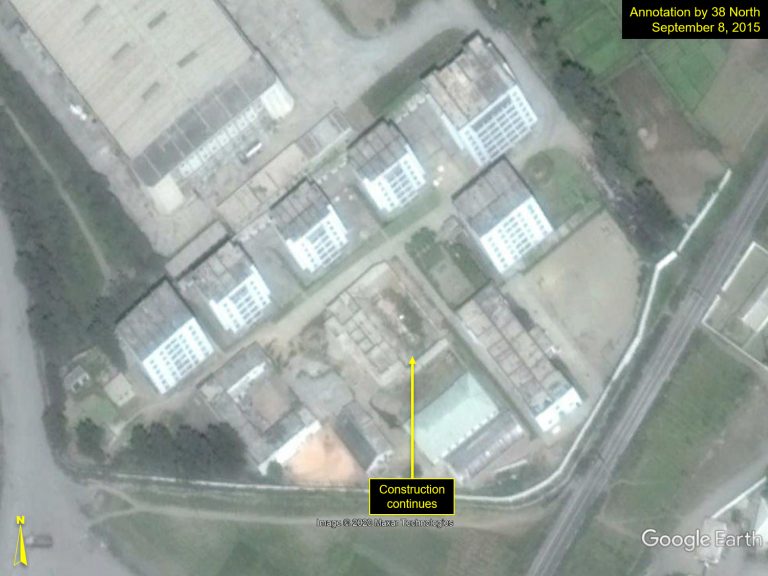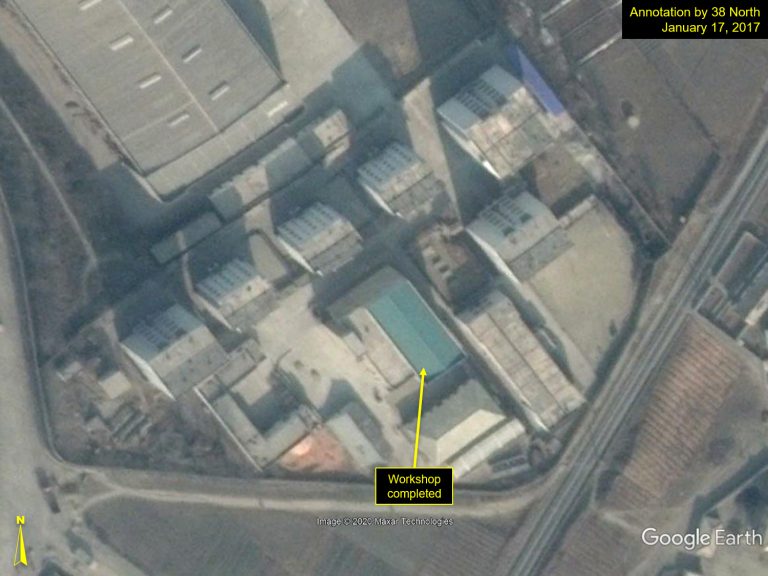New Evidence Suggests Kangson Is Not a Uranium Enrichment Plant
Understanding North Korea’s fissile material production capacity is a key factor in assessing risks associated with the North’s ability to expand its nuclear weapons program. While the plutonium production reactors are easy to identify and monitor via satellite imagery, the North’s uranium enrichment activities are much more difficult to discern, with both fewer unique attributes to the facilities and visible indicators of operations.
As production of highly enriched uranium is increasingly the backbone of North Korea’s growing nuclear weapons stockpile, identifying these facilities is an important task. Evidence of the timing of transfers of technology from Pakistan and North Korea’s own procurement efforts, as well as limited intelligence and other information including satellite imagery, suggests that the North should have at least three facilities: one devoted to research and development and possibly two enrichment plants. While no other production facility has been credibly identified apart from the Uranium Enrichment Plant at the Yongbyon Nuclear Scientific Research Center, claims surfaced in 2018 that a second uranium enrichment plant, referred to as the Kangson plant, was located near Chollima (Figure 1).
However, further analysis of commercial satellite imagery since the North Koreans began building Kangson in the early 2000s raises doubts about that conclusion, particularly since the facility appears to lack the infrastructure typically found in North Korea and elsewhere to support uranium enrichment. Instead, the characteristics of the site are more consistent with a plant that could manufacture components for centrifuges.
Figure 1. Location of Kangson site.
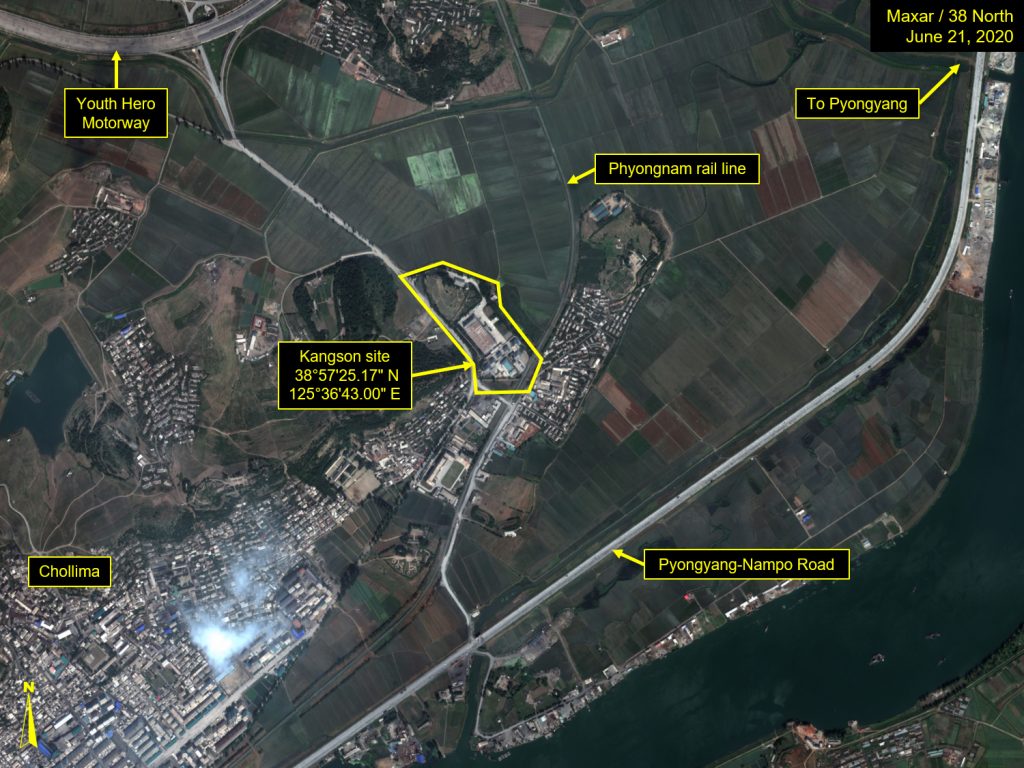
A Long Path to Uranium Enrichment
Pyongyang’s enrichment program appears to have begun in the late 1980s, including acquisition of vacuum equipment from European companies that were also involved in the uranium enrichment efforts of Iran, Iraq, Libya and Pakistan. (See annex for more detail.) North Korea’s program grew over the next two decades through the transfer of technologies from Pakistan and the Democratic People’s Republic of Korea’s (DPRK) own procurement efforts. Based on what is known about the history of the program, North Korea should have at least three locations associated with uranium enrichment: 1) an early research and development facility whose location remains unknown; 2) the Yongbyon Uranium Enrichment Plant that became public after a visit by an American delegation from Stanford University in 2010; and 3) a possible additional plant. In 2018, researchers identified what they believed to be that additional plant, known as Kangson.
A Site Overview
Construction work at the Kangson plant started in 2001 and proceeded swiftly (Figure 2A). By April 2002, foundation work had begun on a security building and a large main building, and four multi-story residential buildings had been quickly erected between the main building and construction support buildings (Figure 2B).
The main building appears to have a floor space of about 5,500-6,000 square meters. By January 28, 2003, this building already appeared to be externally complete (Figure 2C). Based on the early construction layout, the middle halls are of sufficient size to accommodate 5,000-6,000 P-2 centrifuges, the design the A.Q. Khan network provided to Libya and other clients (Figure 3).
Partial melting of snow was visible in January 2003 when construction in the interior main building was still proceeding (Figure 2C), indicating some kinds of operations were taking place inside.
An obelisk or tower and a monument or mural were close to completion in April 2006.
In December 2013, snowmelt was observed on the roof of the main building, indicating ongoing operations (Figure 4).
In Figure 2B, housing and support buildings are under construction in an area separated by a fence from the main building. The small buildings shown in Figure 2B have been gradually replaced by larger permanent structures that seem to be administrative in nature, with the exception of a building constructed in 2015-2016 (Figure 5). The earlier buildings were likely devoted to supporting construction activities, while the larger later structures appear to support plant operations.
Figure 2. Overview of Kangson complex construction.
Note: Hover over slideshow and click on left/right arrows to navigate.
Figure 3. Cascade layout of A.Q. Khan for weapons-grade uranium production. Enrichment proceeds in four steps from natural uranium to 90 percent enrichment. Number of P-2 centrifuges for each cascade unit is presented in parentheses.
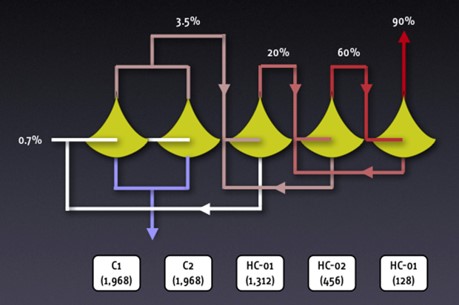
Figure 4. Snowmelt observed on roof of main building, December 29, 2013.
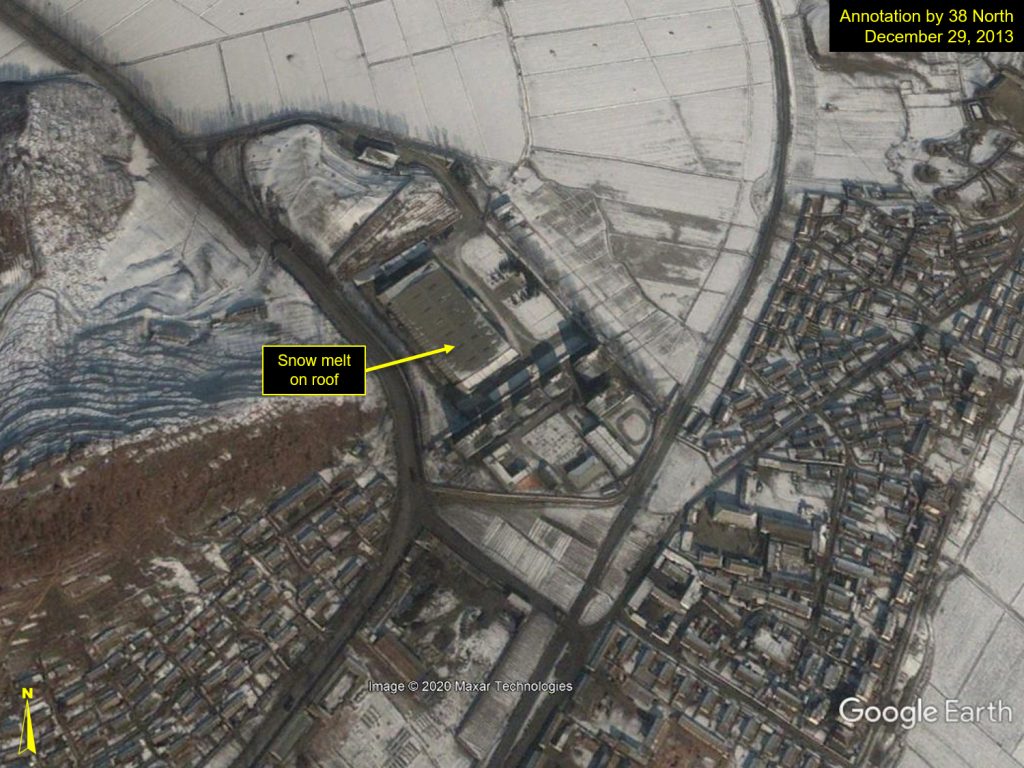
Figure 5. Construction of workshop building.
Note: Hover over slideshow and click on left/right arrows to navigate.
Figure 6. Close-up of Kangson complex, October 2, 2020.
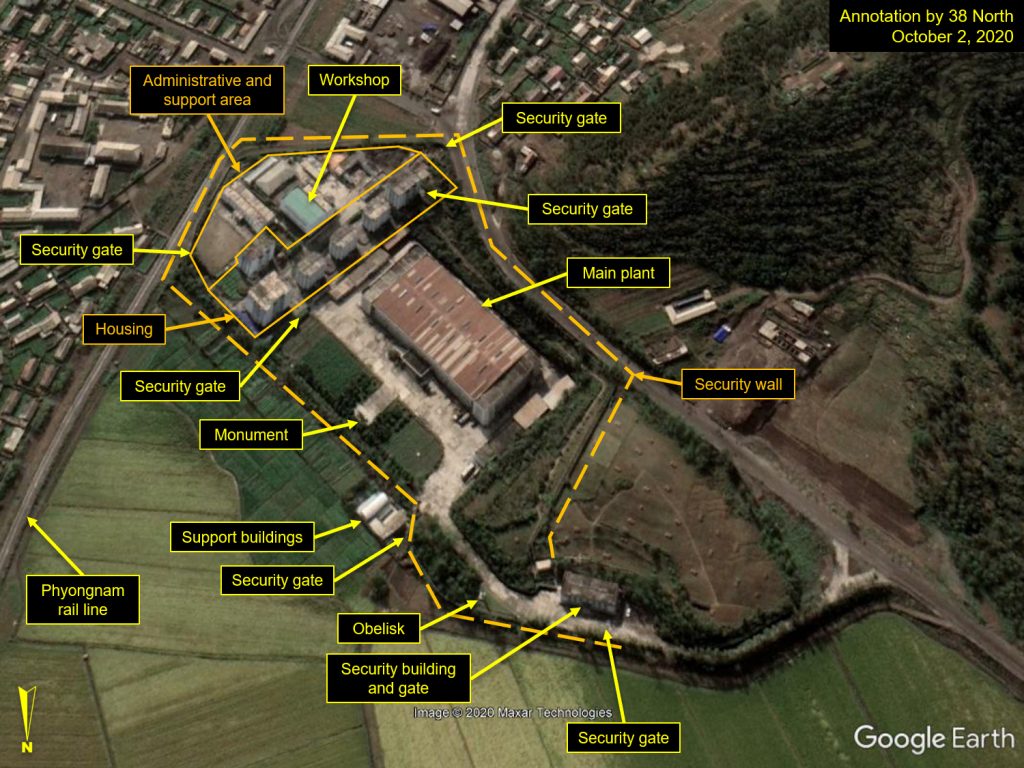
A Closer Look at the Kangson Complex
Claims, based on intelligence tip-offs and satellite imagery analysis, surfaced in 2018 that the second North Korean uranium enrichment plant was located at Kangson.
However, uranium enrichment plants using gas centrifuge technology have very few signatures visible in satellite imagery. Detection of secret facilities requires systematic analysis of all information from multiple sources ranging from the procurement efforts of essential materials and equipment, scientific and other publications, programmatic needs of the country, satellite imagery, technical and industrial infrastructure and various intelligence sources.
Often in the news media, nuclear installations are characterized by security fences, by visits of dignitaries, monuments erected and underground structures, but numerous nationally important institutions in North Korea have such features. Information from defectors can be years old and does not necessarily reflect the situation today and current designs of facilities on the ground. In addition, intelligence tip-offs shared with the media may serve political purposes by emphasizing worst-case scenarios and not providing the confidence level of assessments presented for context.
One analysis based its case on:
- A single, large building, assumed to contain the main gas centrifuge cascades, which could produce highly enriched uranium suitable for use in nuclear weapons;
- At least one leadership visit to the site indicated by a monument or mural perpendicular to the main hall as well as an obelisk erected along the road leading to the entrance to the main facility area for which no visit was publicly reported;
- Continuous, year-round heat generation at the main hall indicated by snowmelt suggesting, along with other indicators, at least a significant military-industrial role for the facility;
- Confirmation by a US government source that the site corresponded to the covert enrichment site referred to by the intelligence community as Kangson; and
- A one-kilometer-long wall perimeter surrounding the entire installation, suggesting that it is a high-security area.
Some parts of the analysis that Kangson is a uranium enrichment plant would appear to be consistent with information on the history of technology transfers from Pakistan, the acquisition of raw materials and equipment by the DPRK and the time required to master uranium enrichment technology. Also, the floor space of the main building is not far off from the enrichment plant designed by the A.Q. Khan network for the Libyan enrichment program.
However, a close examination of the facility reveals a number of important discrepancies between Kangson and typical enrichment facilities, including North Korea’s known plant at Yongbyon. These include:
- In imagery from January 2003, the window arrangements of the main building under construction indicate that the interior could consist of more than one floor (Figure 2C) and that the second story likely has a concrete floor suitable for heavy workshops. This would be an unusual configuration for a centrifuge hall. As shown in Figure 7, centrifuges are typically mounted on concrete pads to suspend vibrations and protect sensitive equipment against earthquakes. Such pads weigh several hundred kilograms, each of which would be very heavy—too heavy to place on a second floor. While it is possible that the first floor may have a high-bay structure that could accommodate centrifuges, it would also be unusual to place these under heavy floors, in case of earthquakes or other disasters that could bring the concrete down on them. Instead, the structure appears more consistent with military industry sites in nearby Kangso, Taen and Chollima, where several buildings have large, high-bay, one-floor machining halls in the middle.
- Figure 2B illustrates windows in the roof of the main building, and tends to support the assertion that the building may have a large, single-floor central hall surrounded by an office and small workshops. This is a common structure for machining workshops (Figure 8). The height of the hall appears to be unnecessarily high for a centrifuge hall, which requires height of six meters for P-2 type centrifuges, but is common in machining workshops, for example.
- The Kangson plant appears to be missing air conditioning units, which are essential to maintaining an appropriate operating environment for centrifuges at production-scale facilities. Such units are visible in the imagery of North Korea’s enrichment plant at Yongbyon and at the Kahuta plant in Pakistan, which use the same type of centrifuges.
- Essential workshops for centrifuges and equipment maintenance, which would typically be collocated with an enrichment plant, appear to be missing. Due to the strict quality control parameters of centrifuges, they are normally not transported long distances but assembled and maintained at the site.
- The site does not appear to have installations for the pretreating of assembled centrifuges,[1] or for the removal and decontamination of broken and aging centrifuges, or for the transfer of uranium hexafluoride (UF6) between cylinders, activities that are typically not conducted in the centrifuge hall building. While a new three-story structure with a hall was built in 2015-2016 and could accommodate some of these activities, the structure should have been finished much earlier if that was its purpose, as these are essential elements of the enrichment program. Moreover, it appears that the three-storied building’s hall is once again higher than required for these operations.
- There are claims that monuments on-site probably indicate that a site visit took place, but since no site visit was ever publicly reported, this secrecy supports the idea that the facility could be of a politically sensitive nature. However, the existence of obelisks and murals is not unusual at North Korean industrial and research establishments and may not be indicative of a site visit at all. Rather, they could simply be part of the propaganda of the existing political system.
- A recent report of the United Nations Security Council Panel of Experts states that member states monitoring the site have not noted any UF6 cylinder transfers at Kangson, a typical activity for a uranium enrichment facility.[2] While it could be argued that it would be difficult to spot such transfers given the infrequent coverage of the site by commercial satellites, member states presumably have access to more extensive information, including continuous monitoring of the site. Assuming Kangson operates with a full capacity reflected in Figure 3, it should have 40 to 60 transfers of standard 30B-type UF6 cylinders annually depending on whether the final product is 4 percent enriched uranium or 90 percent enriched, weapons-grade uranium.
- The security arrangements at Kangson indicate that the installation is a valuable asset. However, unlike buildings at the Yongbyon nuclear complex, Kangson does not have a security defense-in-depth. Its security arrangements are more comparable with the features of military-industrial complexes in North Korea.
Figure 7. IR-6 centrifuges at Iranian uranium enrichment facility. Centrifuges are typically mounted on concrete pads that weigh several hundred kilograms to reduce vibrations.
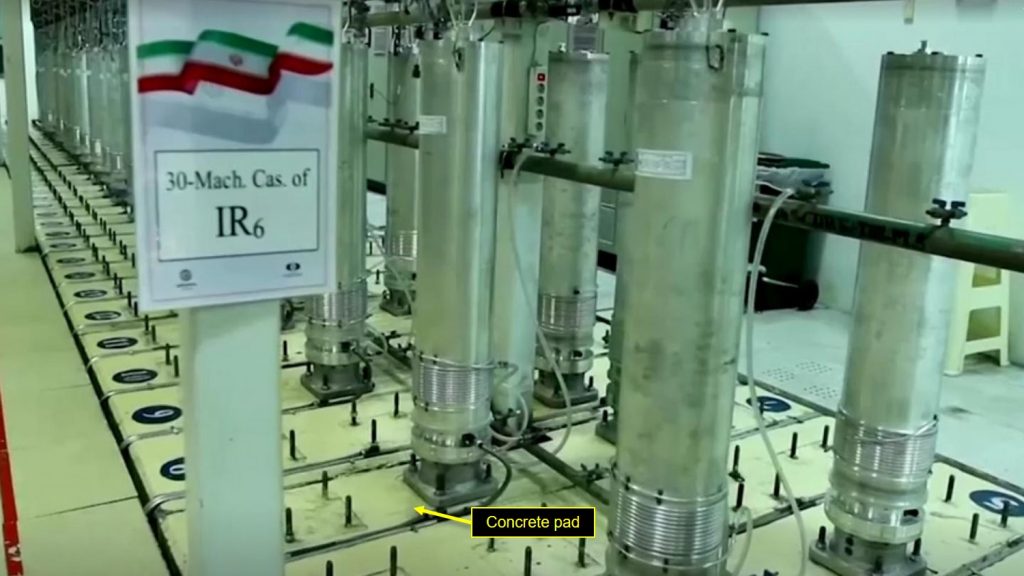
Figure 8. Exemplar North Korean machining workshop with large, single-floor central hall. DPRK Premier Kim Jae Ryong inspecting the Kumsong Tractor Factory, April 29, 2019.
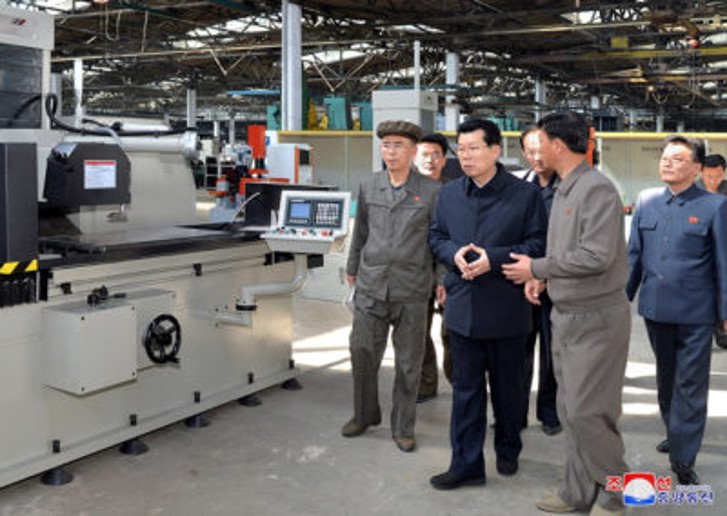
Is Kangson a Production Facility for Centrifuge Components?
The available evidence suggests that Kangson is not a uranium enrichment plant, although it is likely still tied to North Korea’s uranium enrichment program, just in a different role. Its characteristics are consistent with a large-scale machine tool workshop suitable for the production and testing of centrifuge components.
The exact scale of North Korea’s uranium enrichment program remains a topic for discussion (which will be addressed in a forthcoming report), and there is still likely a uranium enrichment facility outside of the Yongbyon complex. Kangson, however, does not appear to fit that bill.
What is certain is that North Korea’s uranium enrichment program, like other countries, requires facilities to support thousands of centrifuges to keep the program running. The lifetime of a centrifuge in a good case is 10-20 years, which means that 5-10 percent have to be replaced annually. A recent example is Iran, which according to IAEA reports, replaced over 300 of its operating 5060 IR-1 centrifuges at the Natanz Fuel Enrichment Plant during the last year.[3] With a five percent failure rate, North Korea would have to replace 200 centrifuges annually at its Yongbyon enrichment plant alone. If Kangson is a machining plant, it, along with other facilities such as military establishments and universities, could play a key role in that effort.
It is also not unreasonable to assume that Kangson may play a role in North Korea’s development of more advanced centrifuges, just as the North improved processes for the production of plutonium at its Radiochemical Laboratory and upgraded the instrumentation of the 5 MWe reactor at Yongbyon. But such development work is time consuming and could take up to a decade before being capable of large-scale deployment of advanced centrifuges. In the meantime, to overcome what may be shortages of high-quality raw materials—such as maraging steel—North Korean engineers may have modified the centrifuge designs to operate at lower speeds, albeit while producing substantially less amounts of enriched uranium.
The true function of the Kangson complex can only be established by an on-site inspection, but until then, continuous monitoring of activities at the site is warranted.
***
DOWNLOAD PDF
Annex: “North Korea’s Long Path to Uranium Enrichment Capacity,” by Olli Heinonen.
- [1]
Pretreatment and passivation of assembled centrifuges with UF6 gas are required to reduce corrosion. It is done before centrifuges are installed into cascades.
- [2]
United Nations, Security Council Report of the Panel of Experts established pursuant to resolution 1874 (2009), S/2020/840, August 28, 2020, paragraph 7, https://undocs.org/S/2020/840.
- [3]
See: IAEA, Board of Governors, Verification and monitoring in the Islamic Republic of Iran in light of United Nations Security Council resolution 2231 (2015), GOV/2019/55, November 11, 2019, https://www.iaea.org/sites/default/files/19/11/gov2019-55.pdf; Verification and monitoring in the Islamic Republic of Iran in light of United Nations Security Council resolution 2231 (2015), GOV/2020/5, March, 3 2020, https://www.iaea.org/sites/default/files/20/03/gov2020-5.pdf; Verification and monitoring in the Islamic Republic of Iran in light of United Nations Security Council resolution 2231 (2015), GOV/2020/26, June 5, 2020, https://www.iaea.org/sites/default/files/20/06/gov2020-26.pdf; Verification and monitoring in the Islamic Republic of Iran in light of United Nations Security Council resolution 2231 (2015), GOV/2020/41, September 4, 2020, https://www.iaea.org/sites/default/files/20/11/gov2020-41.pdf; and Verification and monitoring in the Islamic Republic of Iran in light of United Nations Security Council resolution 2231 (2015), GOV/2020/51, November 11, 2020. https://www.iaea.org/sites/default/files/20/11/gov2020-51.pdf.

